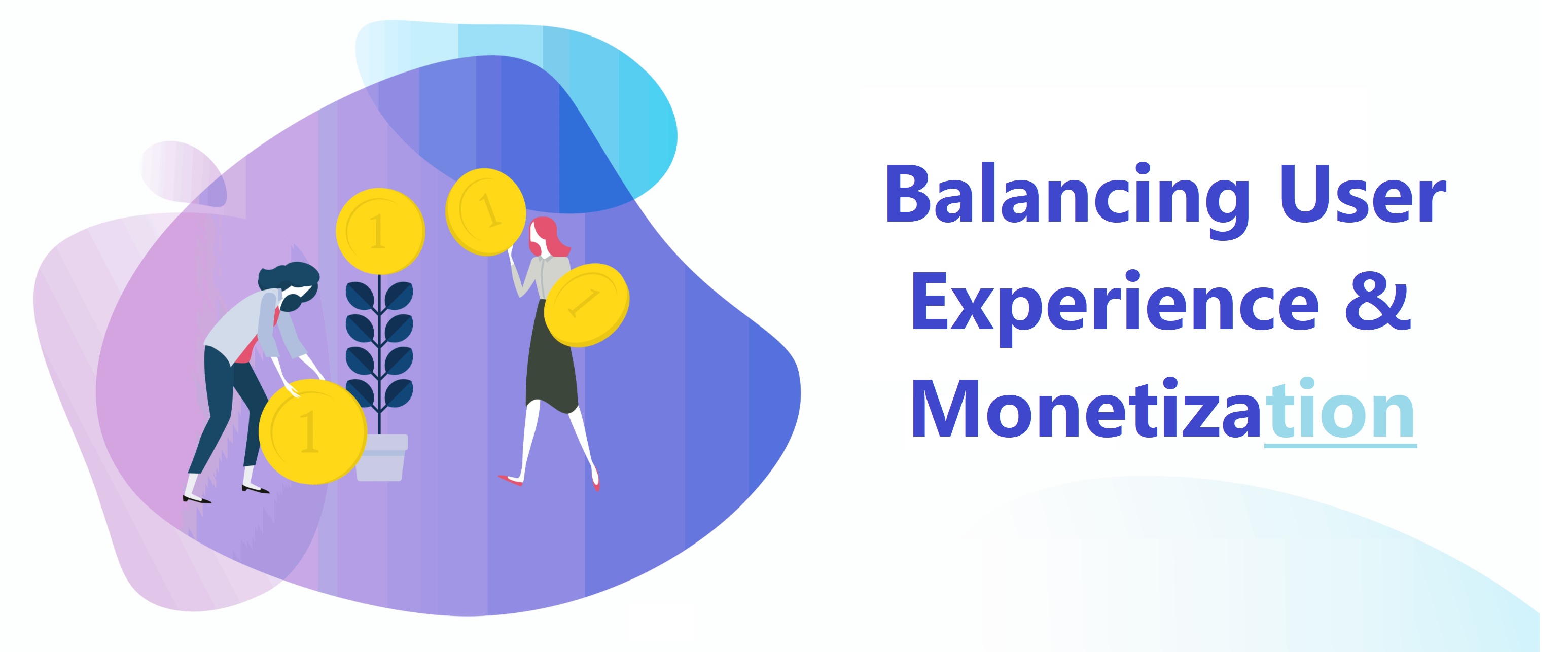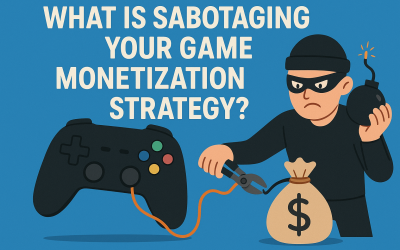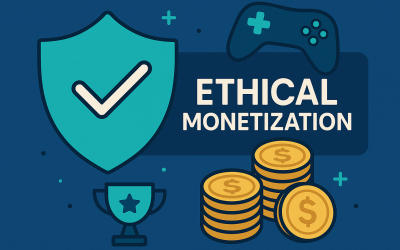
When any developer is in the beginning stages of creating a Web or Mobile game/app, something that stays on the top of the mind is monetization. Creating a game is hardly an inexpensive endeavor and many of them are offered completely free to play. This means that other methods of monetization are required to bring in revenue.
However, while monetization is important, so is user experience. If you don’t have loyal and engaged users playing your game, you’re never going to bring in money. That’s why it’s so crucial to keep user experience in mind when going through your options for monetization.
Contents
Free Apps with Advertising
Continuing my Balancing User Experience and Monetization post, One option is to offer your app for free and allow users to play as much as they want without opening their pocketbook. The idea is to get many players within a short period of time and monetize using Ads. Players who stick around longer are going to see more ads, which leads to the developer making more money. However, it’s important to consider how ads will be displayed as this can have a negative impact on user experience.
Reward Video Ads can be placed within this category. When you consider free to play games, its very important to design Game Rewards in association with Reward Video Ads.
Freemium Apps with Purchases
This option also involves offering a completely free app which a user can play without risk. However, inside of the app, users can pay money for extra features. Purchases might be available for add-on features, in-game currency, or boosts to make the game easier or less time-consuming to play. However, keep in mind that balancing free items and paid items can be a challenge. In addition, most marketplaces take a cut of the profits from purchases.
One issue most game developer in this category face is changing the “Free” mindset to a “Paid” mindset. It’s very challenging to get players to pay for an originally free game.
Apps with a Subscription Feature
Continuing my Balancing User Experience and Monetization post, In most cases, a subscription app keeps content behind a gate rather than features. A user might be able to play a game for a certain period of time or for a few levels before subscription is required. The perk for a developer with this option is that revenue comes in on a regular basis rather than being one-off purchases.
The challenge however, is that users are extremely picky about what apps to subscribe to and games are usually not successful using this method.
Paid Game Apps
Continuing my Balancing User Experience and Monetization post, A paid app is exactly what you expect. A player pays money to download the app and uses it. What needs to happen if you choose this strategy is proving the app has value and is worth buying. Otherwise, it can be hard to bring in players. As an example, 90% of paid apps are downloaded less than 500 times a day. Your game is going to have to offer an extremely outstanding user experience to be one of this exceptions.
Game developers in the mobile world have to know who their users are to see the success they want. Billions of people play mobile games, but you need to find out what makes your users different. Once you know that, you can add monetization options that are wanted, rather than a nuisance to the people who download your game.


